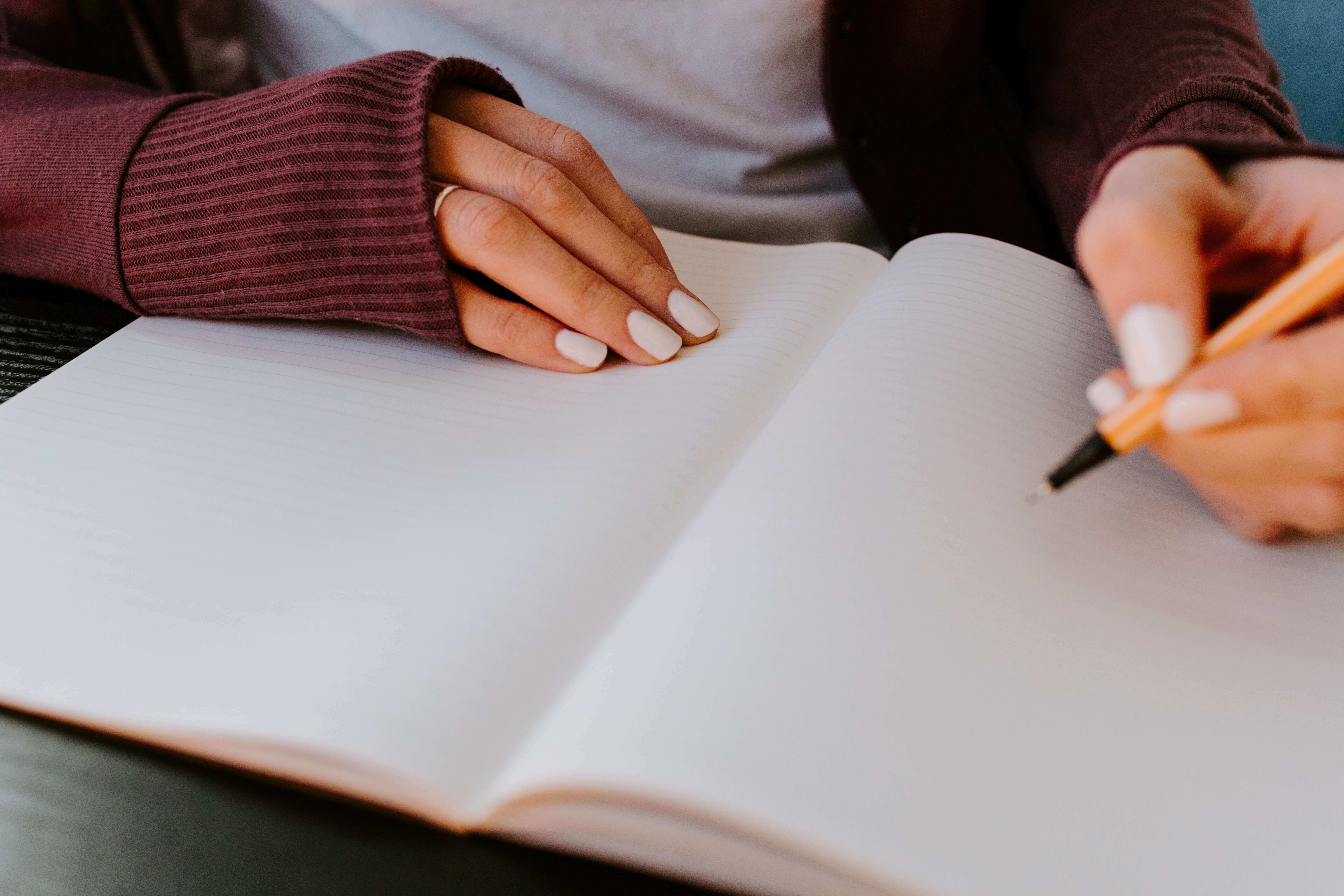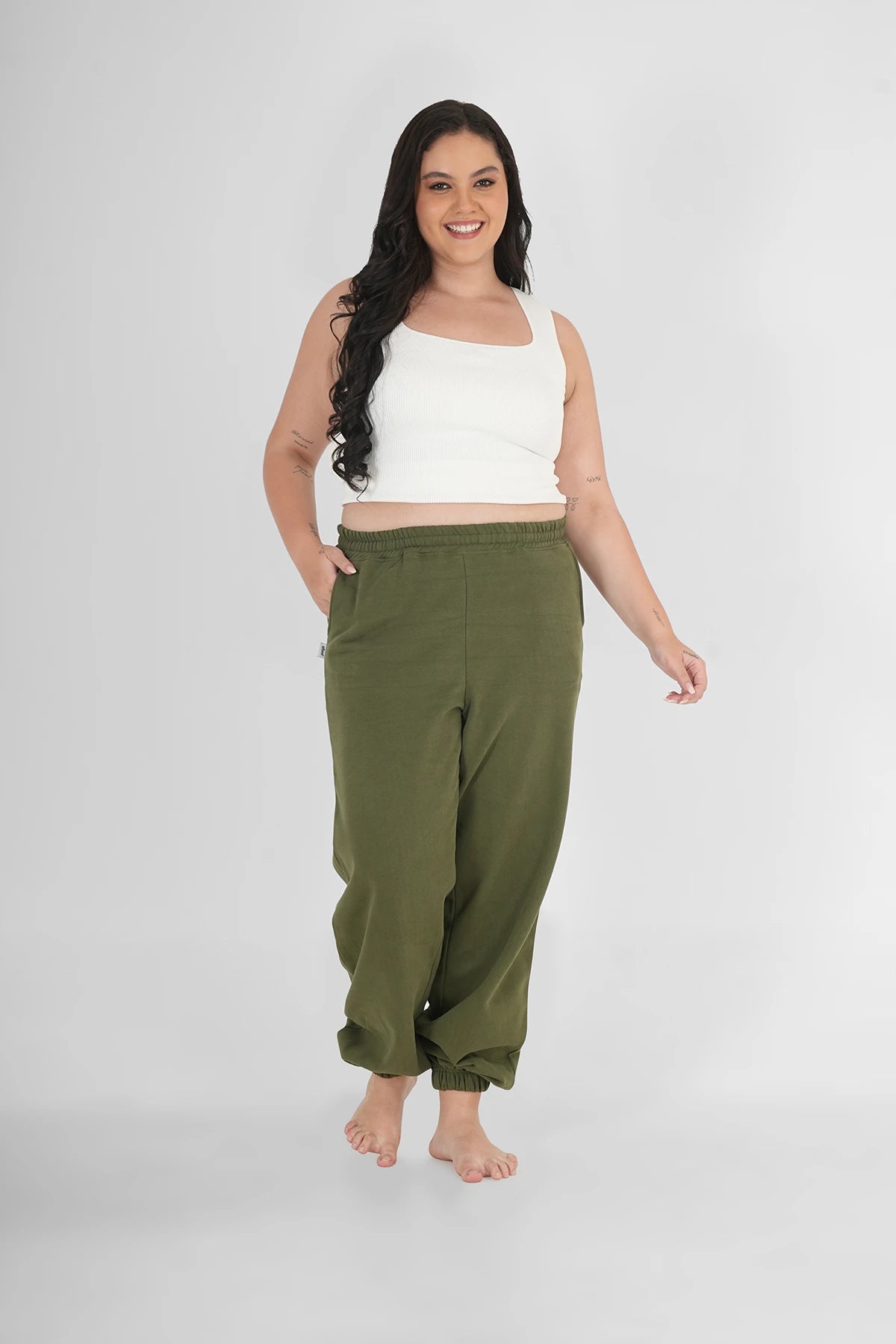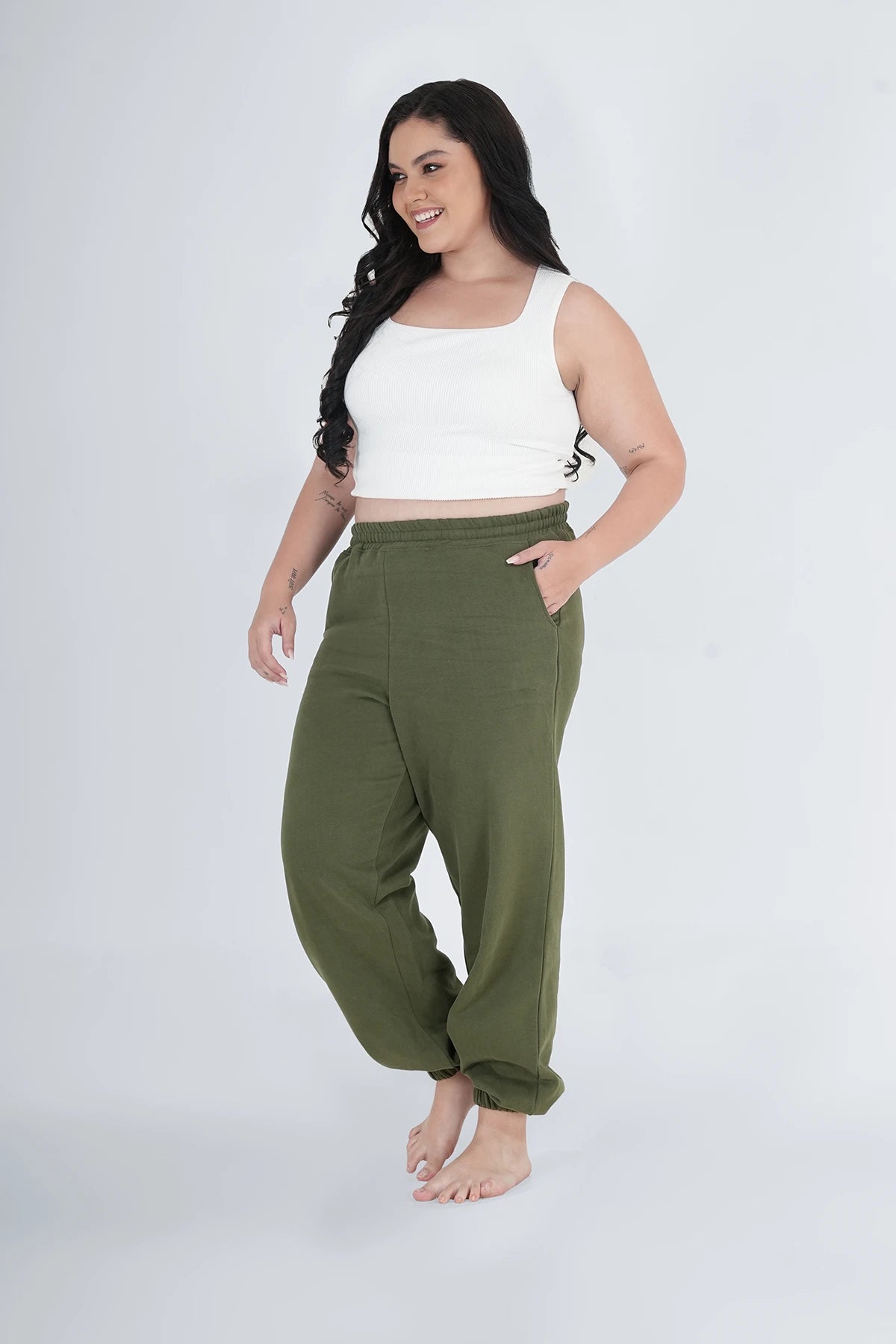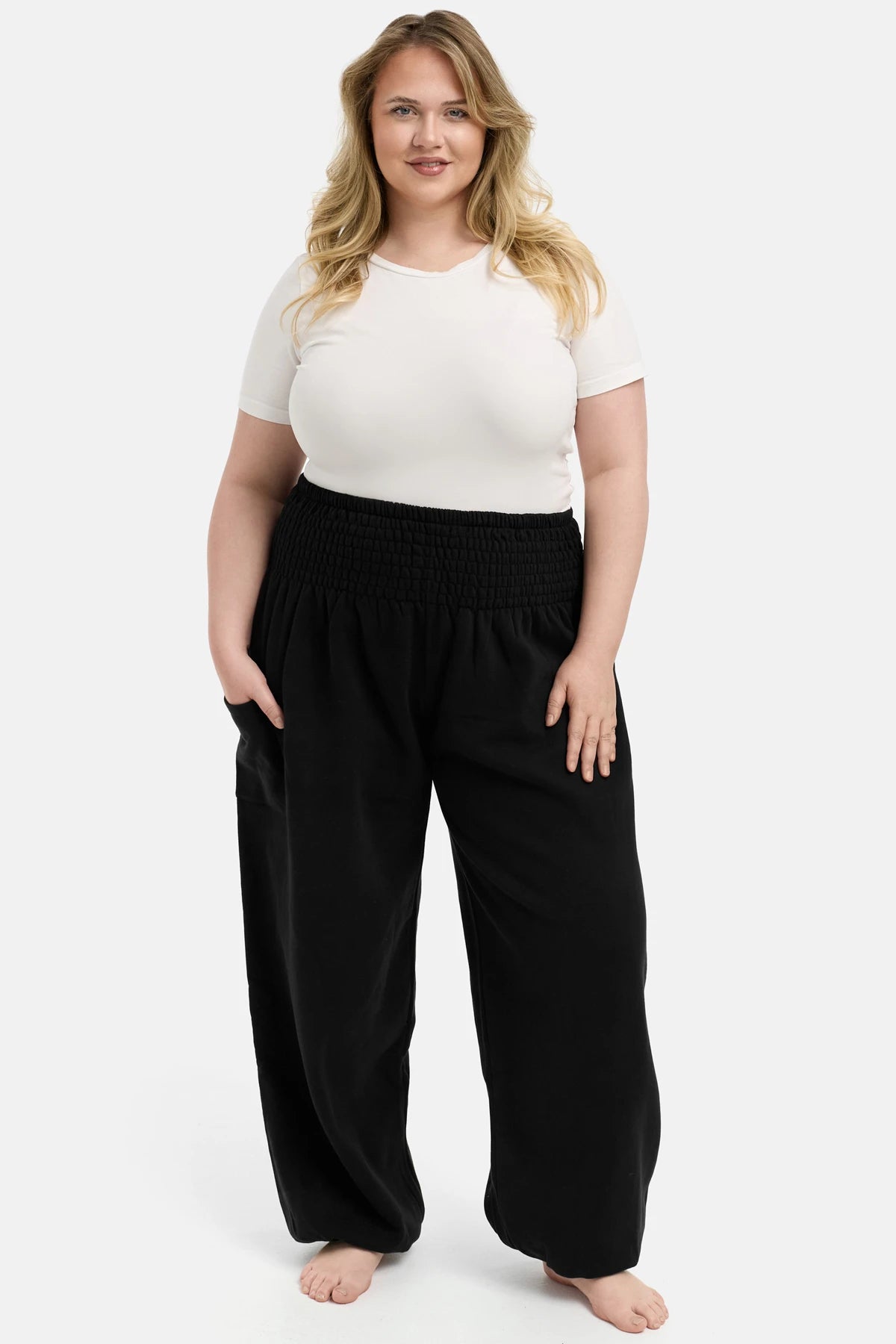
Inhaltsverzeichnis
Self-welfare exercises that help you through difficult times
Especially in times when you're not feeling well, for whatever reason, it's important to take time for yourself. You can find out why you should take care of yourself, especially during such times. here Today I'd like to show you various exercises that reduce fear and insecurity and hopefully help you relax a bit.
A few things in advance
- It's important that you accept yourself and your feelings. No matter what you feel: It's ok. I know from my own experience that I'm quick to beat myself up when I'm not feeling well. But it's precisely in moments like these that you have to allow yourself to let what's there be, and be a little more forgiving with yourself.
- For these exercises you only need yourself and your mindFor some exercises you need pen and paper. It is a good idea to keep a journal in which you can write down your experiences (here you can find related articles: What is journaling? & How does journaling work?). Writing something down has a completely different effect than "just" thinking about things. That's why it's always a good idea to jot down experiences, impressions, and thoughts. This in itself can be a very therapeutic experience!
- The exercises are designed to be good for you. However, please be aware that self-care exercises like these won't make all your problems and worries disappear overnight. It's also always helpful to confide in loved ones and/or itself to seek professional help in case of serious difficulties. There's absolutely no shame in that!
5 self-care exercises for difficult times
1. The emotion scale
Sometimes we realize we're feeling uncomfortable, but can't quite put our finger on why or what we're feeling. Examining our own emotions more closely can help bring clarity and lift the burden off our shoulders. If you regularly examine your own emotions, you'll quickly notice that you're able to categorize them more precisely and deal with them better. The key to this exercise is allowing yourself to feel them. We don't want to push them away! We want to approach this like a curious scientist. So, let's get started!
- First draw a simple scale on a piece of paper and number them from 0 to 10. Now, rate the intensity of your feeling on the scale using a mark of your choice (0 = not at all intense, 10 = very intense). It doesn't matter what the feeling is.
- Now sit upright, close your eyes, and listen to yourself. Where in your body do you feel this sensation? In your throat, chest, or stomach area? How does it feel: Is it hard or soft? How big is it? What shape is it? Is it light or heavy? You can also give this sensation a color. Describe your feeling as accurately and intuitively as possiblewithout thinking too much about it. There are no right or wrong answers! Once you have an idea of how you feel, write down all your answers.
- See if you can give your feeling a Names Are you upset, angry, or disappointed? Are you afraid, jealous, or aggressive? Or perhaps just annoyed? This list of feelings can help you name your feelings. If you can't quite grasp what you're feeling, that's okay, of course!
- How intense is your feeling now? Has the feeling become more intense or weaker? Or has the intensity remained the same? Set another mark in the appropriate place with a different pen color, a different symbol or something similar.
- Let us now examine the feeling further. Since when has the feeling been there? Was there a specific trigger Or was it "suddenly there"? Write down your thoughts on this. It's important that you don't make judgments, but rather observations.
- Now ask yourself: What do I need right now? A warm cup of tea, a hug, a little space from others, a break, or something else entirely? Make a note of this, too.
- You can now create a mark on the intensity scale.
Ideally, the feeling will have become less intense over the course of this exercise. If it doesn't, you can repeat the exercise or continue to observe how your feelings are throughout the rest of the day. It's less about "getting rid of" the feeling and more about observing and documenting it. Assigning a "gestalt" to the feeling can give you clarity and help you distance yourself from it. And remember: No feeling lasts forever!

Photo by Zac Durant on Unsplash
2. The power of posture
When we're anxious or worried, our brain automatically sends a message to our body. Your body reacts, among other things, by changing its posture. Posture, in turn, amplifies the emotion. To break this cycle, you can change your posture. You'll notice that this also changes your state of mind. Yes, I know the last thing you want to do right now is get up and fidget around. But please, give it a try!
- It is best to stand up or at least sit down upright Roll your shoulders back and push your chest forward slightly. Lift your chin.
- Smile, even if only a little bit. Come on, first one corner of your mouth, then the other... Very goooood. :) By the way, the smile doesn't have to be a "real" one for our body to release endorphins!
- You can also clench your hands into fists and stretch your arms out to the sides or above your head. Or you can place your hands on your hips. The idea is to bring your body into a position that Strength expresses.
- If such a “power pose” is not for you, you can also use your breathing can do a whole lot. Take a few deep, calm breaths (while sitting upright). Make sure you breathe into your belly, letting it expand outward as you inhale and contract inward as you exhale.The 4-7-8 breathing (counting to 4 while inhaling, holding your breath for 7 seconds and exhaling for 8 seconds) also leads to more relaxation in no time.
- Last but not least: Turn up your favorite song and put on a little Dance break Of course, it doesn't matter what it looks like. Just have fun with it!
3. The safe place
The "safe place" exercise is also used in therapeutic contexts or incorporated into imagery and meditation techniques. Your very own safe place is always with you and helps you calm down and relax in upsetting situations. Here's how to create your safe place:
- It's best to sit comfortably and close your eyes. Now think of a place where you feel safe and peaceful. Take time to create this place in your mind and let it become real in your mind's eye. It doesn't matter whether you're outside or inside, in a real or imaginary place.
- You can let your safe place develop gradually. Use all your sensesWhat do you see? What sounds can you hear in your safe place? What smells and tastes do you detect? Can you feel anything on your feet and hands? For example, grass, earth, the wind, or something you're holding? The more detailed you imagine the place, the better!
- Here, too, it's best to write down your impressions. Try to capture as many details and sensory impressions as possible. If you like drawing, you can of course also make a sketch of your safe place.
You can visualize your safe place, for example, during meditation. To do this, whenever you feel like it, close your eyes, breathe calmly, and experience your safe place in your mind, one sense at a time. You can walk around the place, observe the activity from a fixed spot, or view it from a bird's eye view.

Photo by David Marcu on Unsplash
4. Write yourself a letter
For this exercise, you'll definitely need a piece of paper or a notebook. You'll be writing a letter to yourself that gives you hope and motivates you. This works best if you read the letter to yourself every day (for example, after you wake up or just before you go to bed). This will boost your manifestation energy! Your letter should include the following elements:
- First, you should write down how you feel. And brutally honest be. If you're feeling really bad, write it down. Describe your situation and how you feel. You can also write what you're afraid of or what your biggest challenge is in your current situation. It's no use denying your emotions or even trying to push them away. That's why this part of your letter is so important.
- Now write down, what you will do to overcome the situation. Whether you meditate daily, regularly connect with a specific person, take a new hobby, take breaks at set times, use your phone less, say "no" to certain things, establish a new habit, or initiate a major change – choose what feels good for you and what's achievable. Think big here! Be bold!
- In the last section of your letter, write down whatWhat thoughts and ideas make you feel safeA secure thought might be, for example, "I have friends and family I can count on," or "I can always find a new job," or "I've survived everything in my life so far, so I'll survive this too." It doesn't matter whether you write the letter using the "I" or "you" form. Choose what feels best for you. It's important to end your letter with hope and with words that make you feel safe.
For this exercise to help you, it is of course important that you believe in itthat you will survive this difficult time. You have to trust the universe/fate/God/whatever you believe in to guide you on your journey and that things will get better eventually.
5. Gratitude
One exercise that, in my opinion, should never be missed: gratitude. This exercise is very simple, but can have a significant impact. Because it helps you shift your focus from a lack of thinking. towards abundance to shift – by acknowledging everything you already have. The gratitude exercise has a greater impact when you do it regularly. Ideally, write every morning/evening three things List things you're especially grateful for. It doesn't matter whether it's something fundamental (like access to clean drinking water), something material (like your cell phone), something intangible (like a success from your day), or a "little thing" (like the cereal you ate for breakfast).
You can find simple exercises and tips for general stress reduction here.
If you would like to learn more about mindfulness, healthy eating or sustainability, take a look here over.


























Leave a comment
This site is protected by hCaptcha and the hCaptcha Privacy Policy and Terms of Service apply.